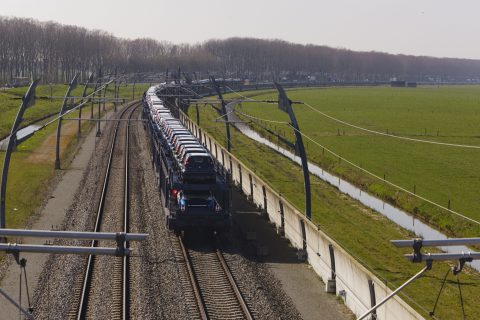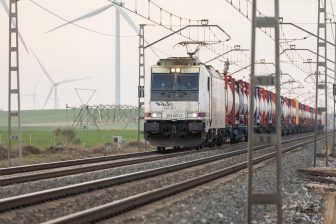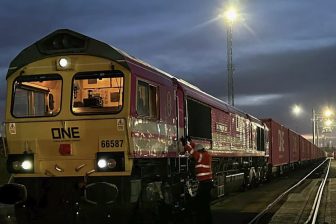
Rail freight traffic in the Netherlands rises
Rail freight transport in the Netherlands has increased considerably In 2018. More than 41.5 million tonnes of goods were transported on Dutch railways that year, indicating an increase of 0.9 per cent compared to 2017. This can partly be attributed to a surge in transit traffic through the country. The official statistics institute CBS reported this based on new figures.
Transit freight traffic through the Netherlands increased by 620,000 tonnes (18 percent) in 2018 compared to the previous year. In the case of transit, the transport takes place via the Dutch railways, but the goods are loaded and unloaded abroad. Transit by rail has tripled in the last four years and now amounts to 9.6 percent of the total transport.
The amount of goods transported by rail to and from the Netherlands decreased in the same period from 35 million tonnes to more than 34 million tonnes. This traffic represented almost 83 percent of all rail freight in the country. Domestic transport increased by 461,000 tonnes in 2018 and now has a share of 7.7 percent. The transport of coal has fallen considerably.
Coal transport
Coal transport by rail has fallen from over 7 million tonnes in 2017 to 6 million tonnes in 2018. In the last five years coal transport by rail has fallen by more than 40 percent. In recent years, a number of coal-fired power stations have been closed in Germany, the largest buyer of coal. In the last quarter of 2018, the transport of coal by rail increased again. This rise coincided with a period of extremely low water, which meant that inland vessels were able to transport fewer goods per ship movement.
Nearly 1.7 million TEU were transported by rail in 2018, an increase of more than 22 percent compared to 2017. This increase was visible in both international and domestic transport. International transport (supply, delivery and transit) rose from nearly 1.3 million to more than 1.5 million TEU in this period, while domestic container transport increased from 125,000 to nearly 160,000 TEU.





